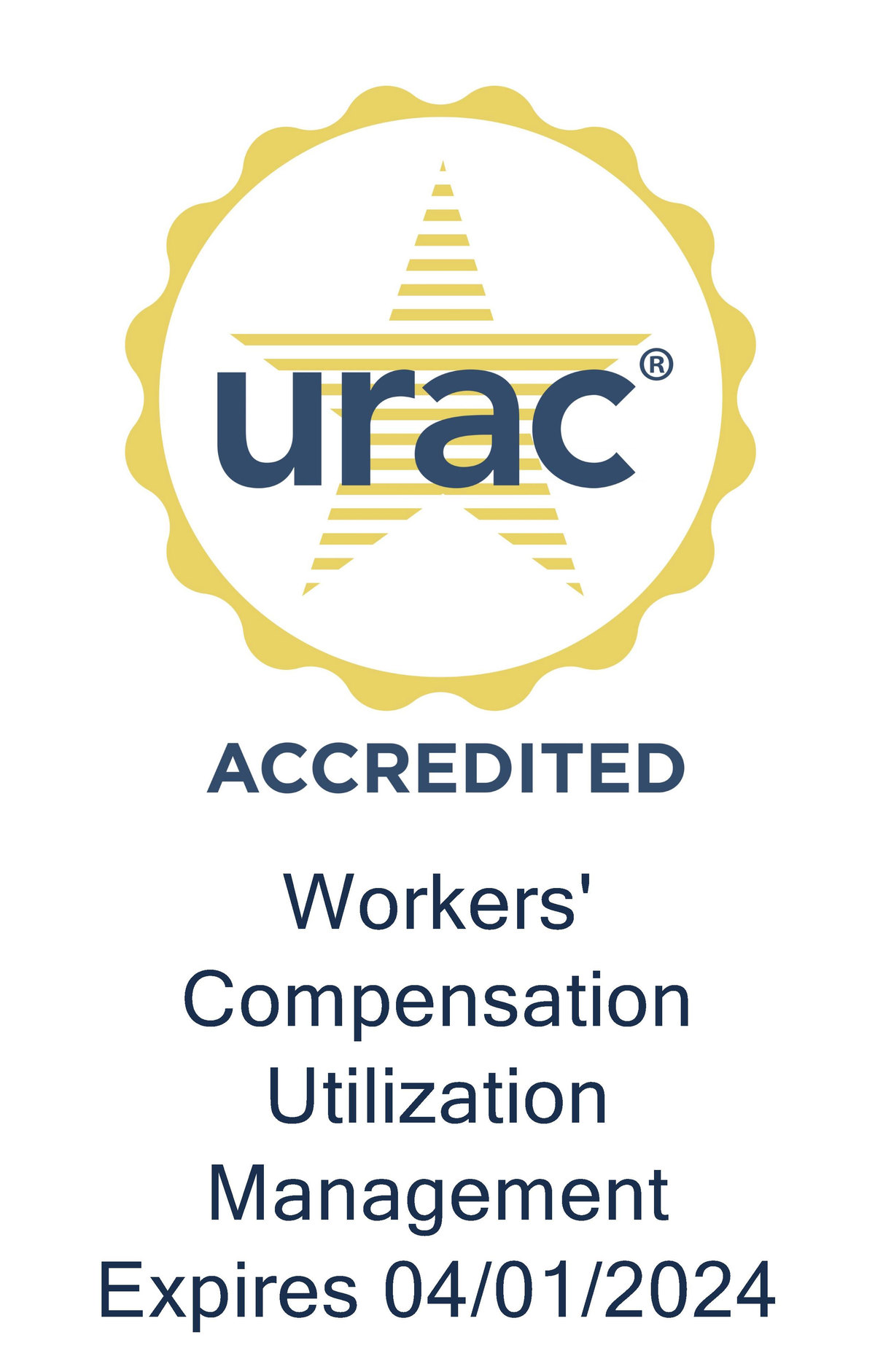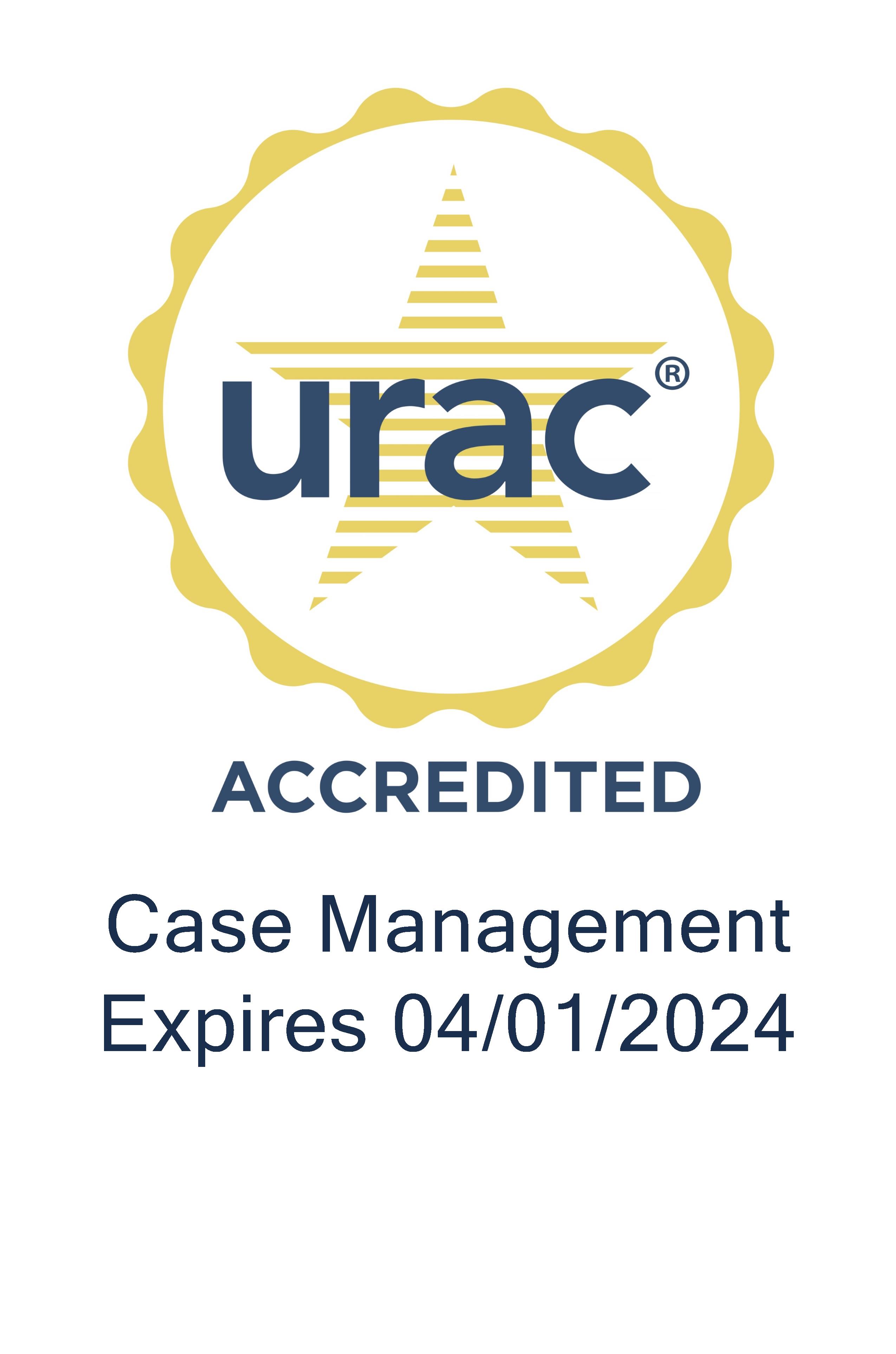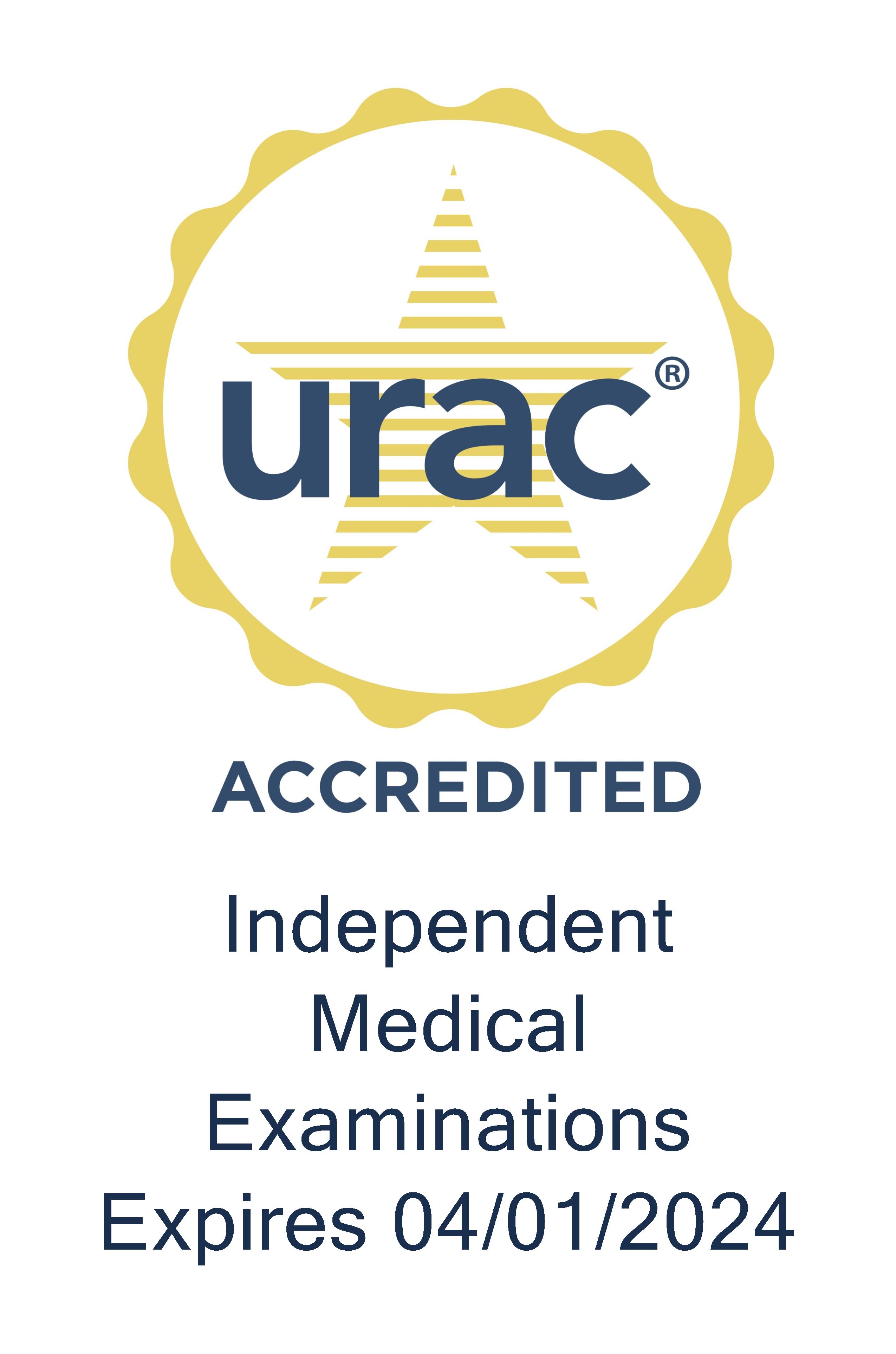Red flags in workers comp’ case management are indicators signaling potential problems that could adversely impact an injured employee’s timely recovery, return to work, and the ultimate cost of a claim.
If not addressed and assertively managed when recognized, the presence of red flags has high potential to derail a claim. The worker’s recovery and return to work may be compromised, cost-containment opportunities lost, and those entrusted with resolution may witness the claim spiral out of control.
Identifying Red Flags
Red flags may have a profound impact on claim outcome, cost, and injured worker recovery. Sometimes claims that appear to be on track for a simple resolution, change direction and demonstrate risk for higher medical and indemnity exposure than was previously evident. Effective claim managers are alert to red flags and take immediate action to request case management intervention to help mitigate the risk.
Alone or in combination, red flags are important to recognize. They provide an objective approach to help you assess risk and substantiate the need for case management intervention.
Claim Manager & Case Management Solutions
The most critical point to influence medical care, claim costs, return to optimum function and work, and employee satisfaction is immediately after injury. If already assigned, an important part of the case manager’s responsibility is to recognize red flags, communicate the details to you, and then intervene as early as possible.
If case management has been deferred until new red flags or claim events present later in the claim, documenting those issues provides objective rationale that supports your decision to employ a case management solution.
The case manager will navigate from point of involvement to assist parties in recognizing the usefulness or limitation of treatment and services to achieve cost-effective, outcome-based care.
This involves incorporating strategies that help reduce the length of the injured worker’s health care needs, future complications, or chance of re-injury. If redirecting the patient or treatment team is also necessary, the case manager can be a very effective partner in ensuring this is accomplished.
Case managers share the goal of returning the injured worker to pre-injury level of function or maximum functional independence, and then back to work as quickly as is medically appropriate and operationally possible
Genex case managers help adjusters quickly identify and resolve red flags.
Common Red Flags in Workers’ Comp Claims
| Early Red Flags | Workplace Conflict Red Flags | Medication Safety Red Flags | Clinical Treatment Red Flags |
|---|---|---|---|
| Surgery is anticipated | Employee was victim of a traumatic on-the-job event such as kidnapping, sexual assault, hostage situation or gunshot wound | Medication prescribed is not indicated for injured body part and injury code formulary | Two consecutive provider reports show minimal improvement, no change in treatment plan |
| Comorbidity present, potential for complications | Injured worker expresses negative feelings — employer/treatment/RTW | Patient is prescribed narcotics or compound meds or receives an increased use of narcotics | Treatment plan falling outside evidence-based guidelines |
| Prior injury, same body part | Modified or transitional duty cannot be accommodated | Patient has a history of substance abuse | Treatment plan, appropriateness or timing of medical interventions or referral to specialist in question |
| Injured worker has a frequent history of injury/claims | Employer reports worker has personnel/performance issues | Patient complains of unrelieved pain, ineffective medication or adverse side effects | Objective findings limited, ongoing subjective complaints |
| Advanced diagnostic studies ordered | Employer location closing/employer downsizing/worker’s job eliminated | Patient has multiple prescribers/ pharmacies | Multiple treating providers, provider types |
| Severe injury, any body part | Length of employment within 1 year of hire or retirement | Patient has medication safety concerns | Medical restrictions not determined,or provider release-to-work has not been obtained though restrictions can be accommodated |
| Adjuster/Patient/Provider/Employer identifies other barriers to recovery or timely return to work | Attempted but failed to return employee to work | Lost time, release-to-work date not established | |
| Diagnosis undetermined or relatedness to reported injury questioned | Treatment plan seems unrelated to first report of injury description | ||
| Injured worker misses, reschedules,or postpones appointments | |||
| Injured worker compliance with treatment plan questioned |
Together case managers and adjusters are an invaluable team for carriers, employers and injured workers. We look forward to working with you to quickly and effectively resolve claims.
Refer a case button






